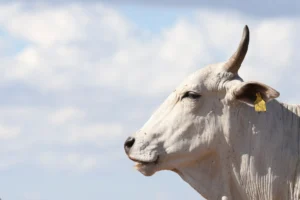
Can COP30 change the future of cows and climate in Brazil?
At COP30, the world’s eyes are on Brazil, and the cattle ranchers leading a global transformation.
In the U.S., May brings Mother’s Day — a time to recognize those who have raised and cared for us. Around the world, many cultures celebrate motherhood through their own traditions, each with unique expressions of gratitude. In India, however, a different kind of mother is honored by more than 1 billion Hindus every day of the year: the cow.
What can the cow’s role in India and in other parts of the world teach us about how we honor those who sustain life?
Known as Gau Mata or Kamadhenu, “Mother Cow” is honored in India not just for what she provides, but for the way she provides it: abundantly, selflessly and with unwavering care.
Since ancient times, Hindus have worshiped and protected the sacred cow, believing that the animal embodies the presence of 33 crore (330 million) deities. In some early Hindu scriptures, the cow is even described as a divine being that was present at the very beginning of creation — and cows continue to be revered as a sacred symbol of the origins of life in the modern world.
This reverence shows up in both everyday life and spiritual practices.
In Hindu families, cows’ milk is often viewed as an extension of the mother’s milk and is introduced early in a child’s life. While breastfeeding is still the primary source of early nutrition for many Indian families, cows’ milk is associated with nourishment, care and a mother’s selfless sense of giving.
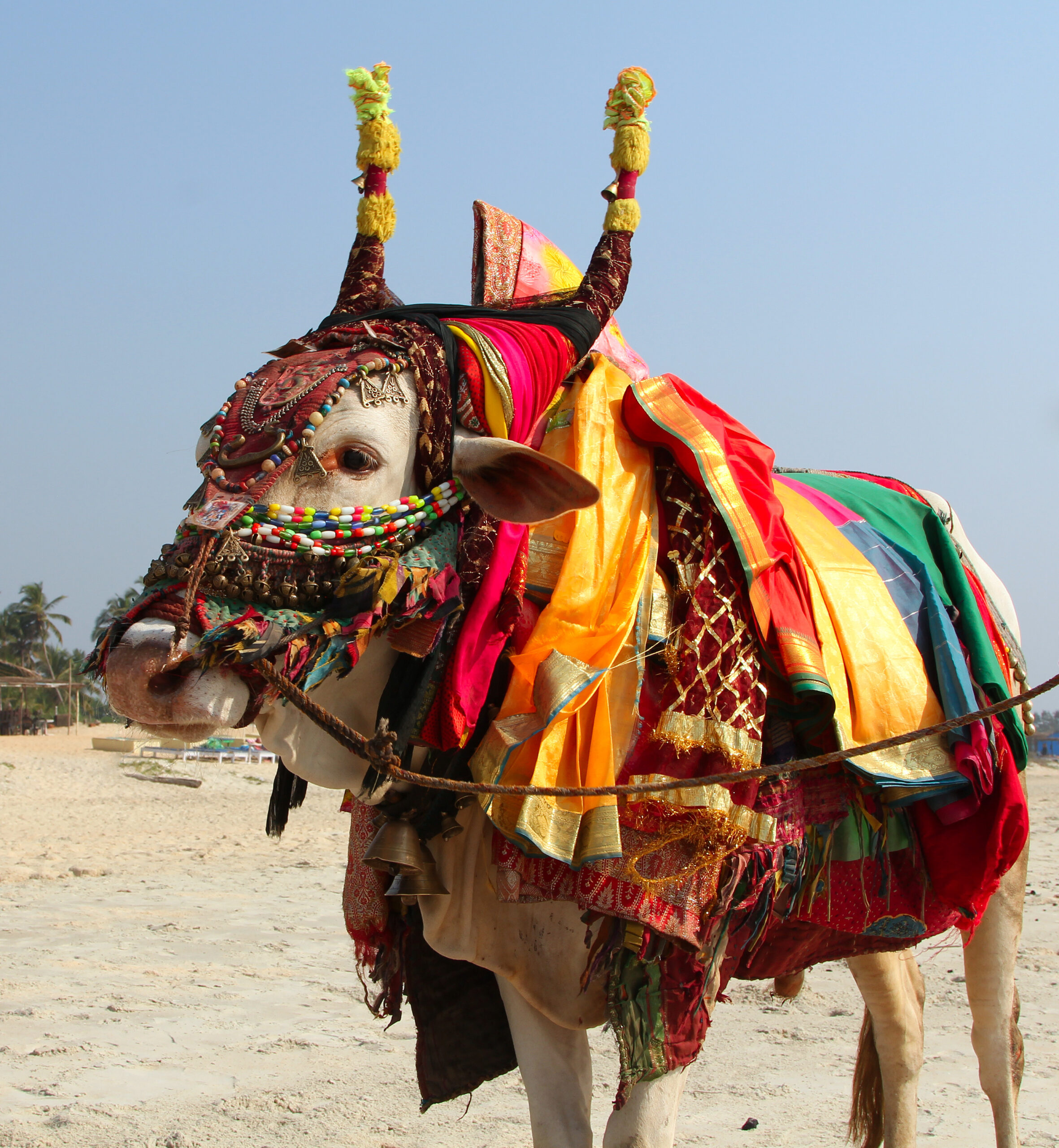
During major festivals like Gopashtami — a day dedicated to cow worship — and Diwali, cows are bathed, adorned with garlands and offered special foods in honor of their sanctity.
In many parts of India, this profound respect for cows has been codified as law, with slaughtering a cow designated as a criminal offense.
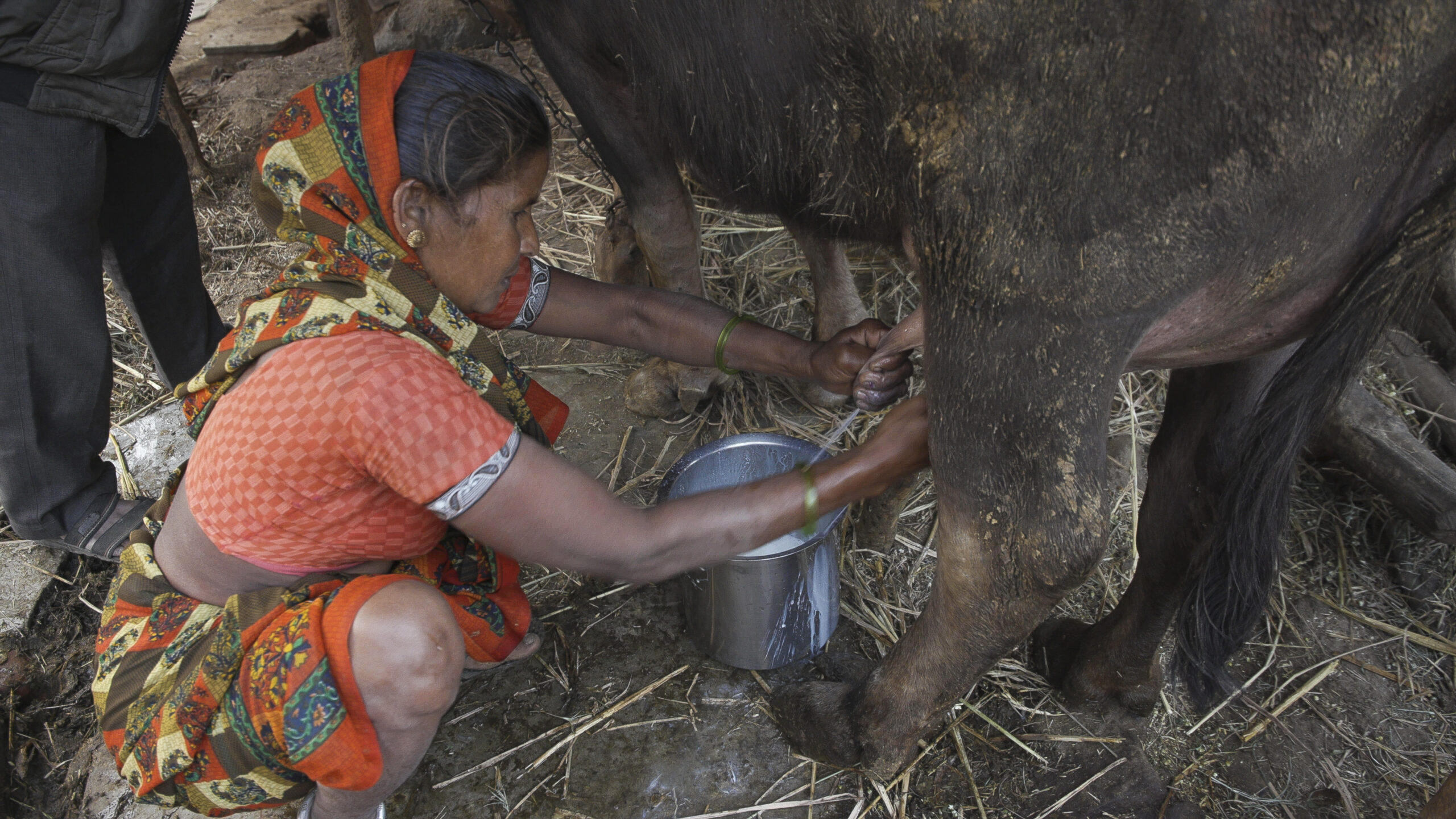
India may be the best-known example of a country where people show great devotion to cows, but it is not alone.
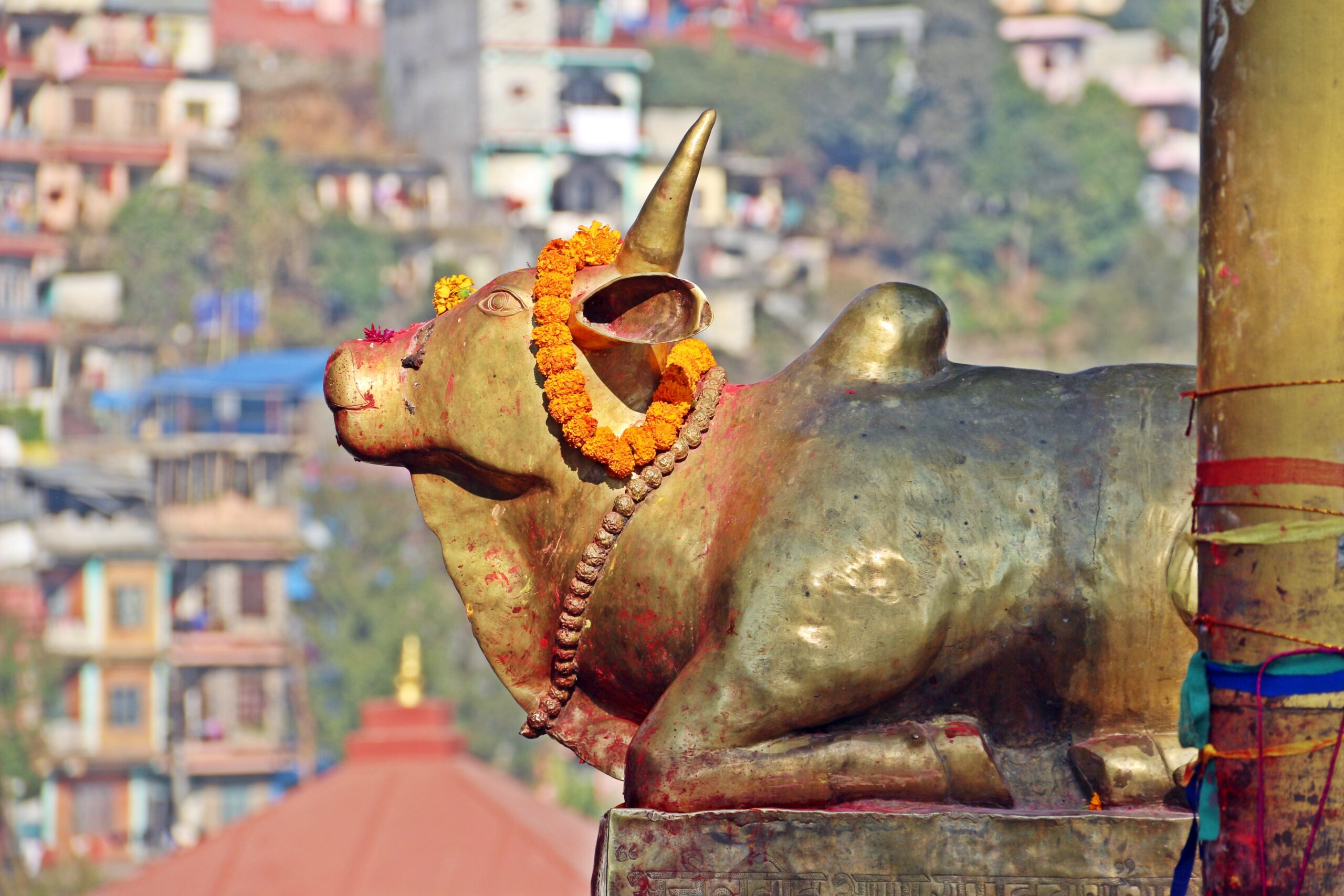
What connects these traditions is a shared recognition of the cow as not just a resource but a presence that sustains communities and shapes culture.
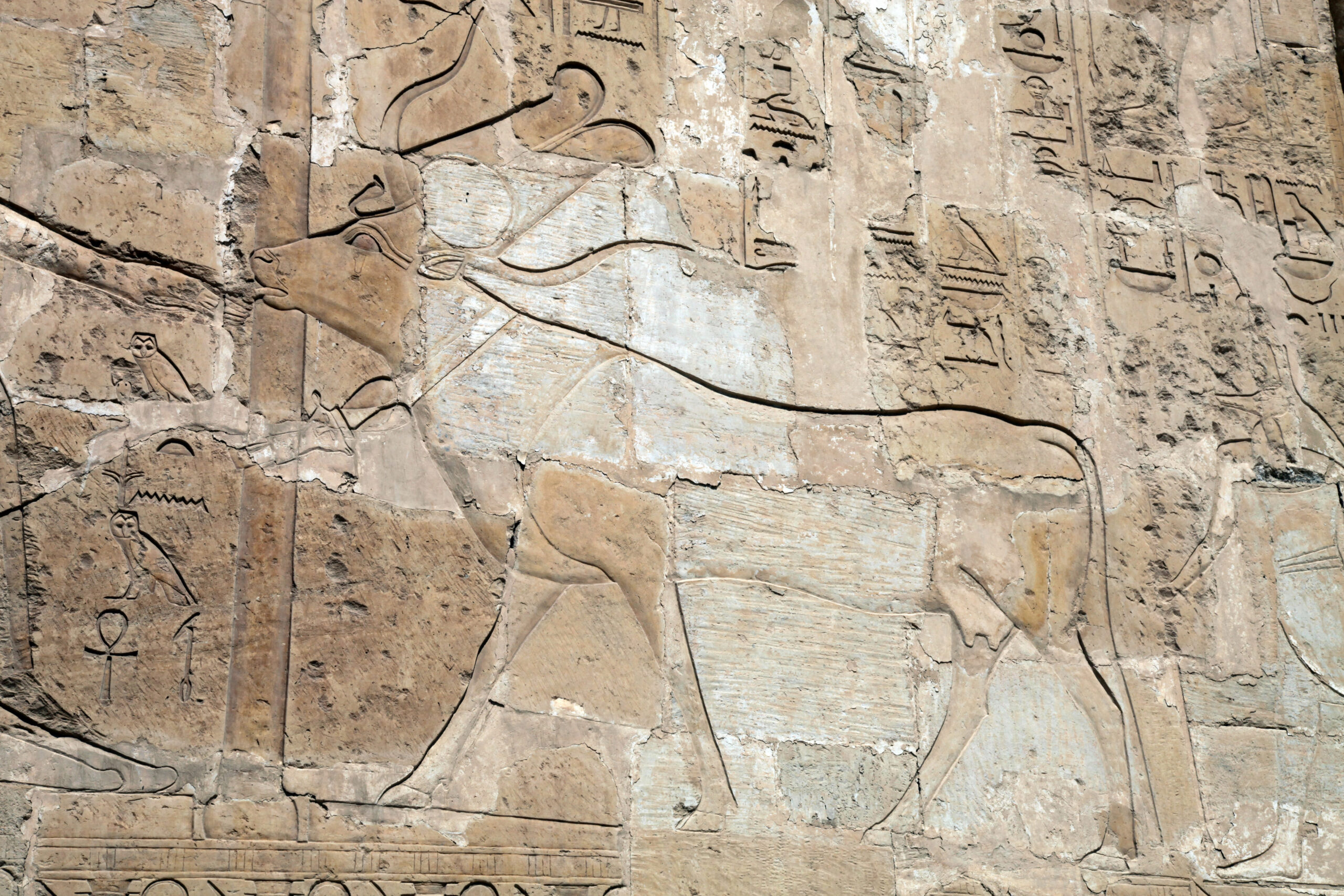
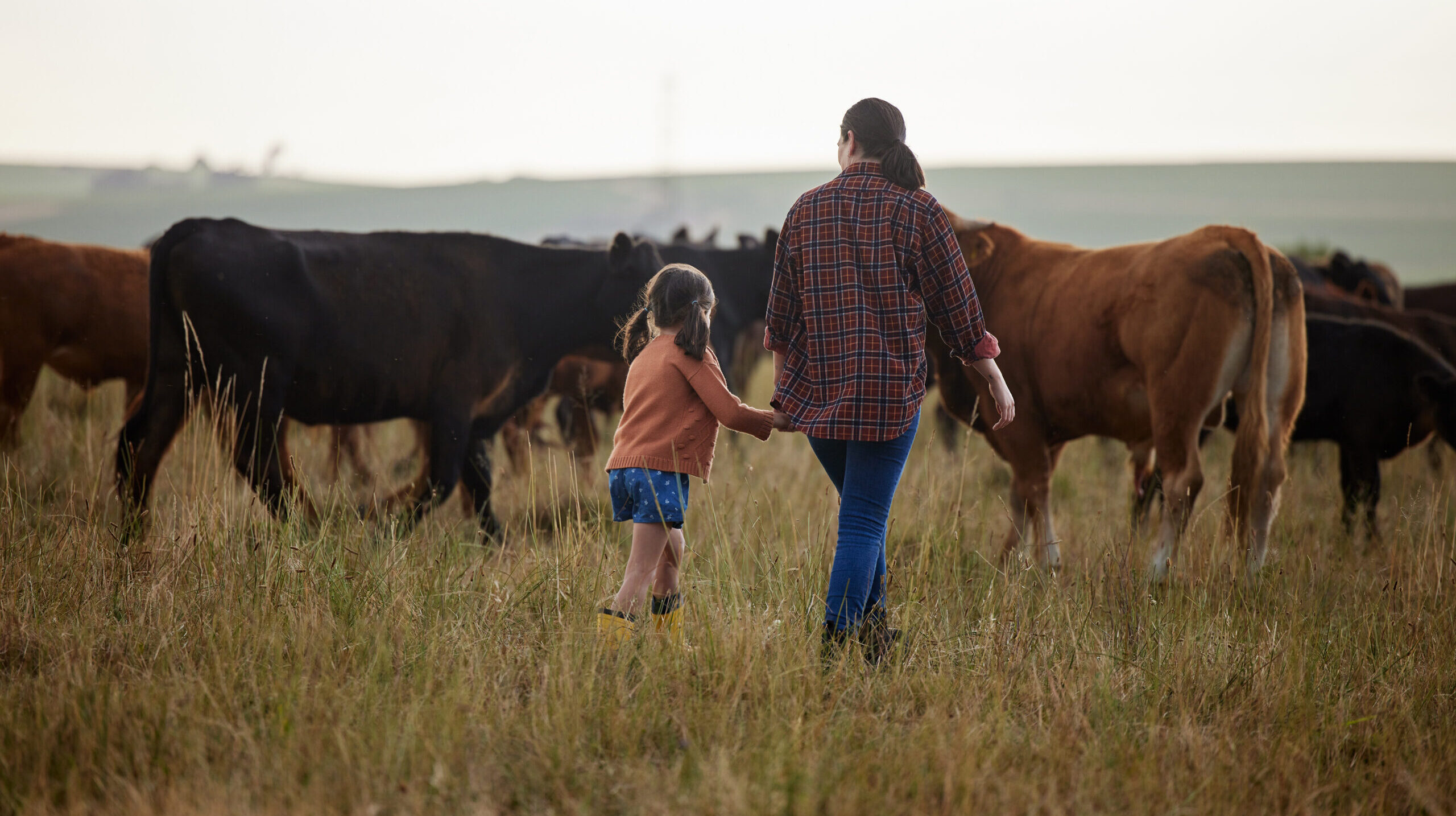
Reflecting on how cows are viewed and valued around the world invites us to take a closer look at the complexities of our relationships with the animals we depend on for survival.
While the cow is a symbol of life itself in India, in many other parts of the world, she is simply a means to an end — valued only for what she can provide. From symbols of abundance and prosperity in one place to simply sources of meat and milk elsewhere, this contrast can be difficult to reconcile.
As we celebrate Mother’s Day, it’s worth asking: What might we learn from cultures that honor cows not just for their output, but for the many ways they contribute to the world and positively impact our lives? And how might we carry that spirit into the way we recognize the mothers and caregivers in our lives — not just for their daily contributions, but for the strength and support they’ve shown us over time?
In addition to environmental impact and their role in feeding the world, World Without Cows explores the cultural and economic significance of cows. Here a few things we learned:
To learn more about the cultural significance of cows in India and other parts of the world:

At COP30, the world’s eyes are on Brazil, and the cattle ranchers leading a global transformation.
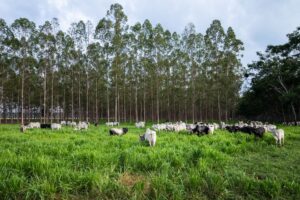
Restoring 40 million hectares of pasture could feed billions and ease pressure on the Amazon. Is the world paying attention?
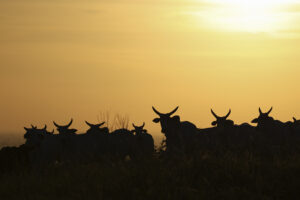
New mini-doc explores deforestation, food security and the Brazilian cattle sector’s path to a more sustainable future
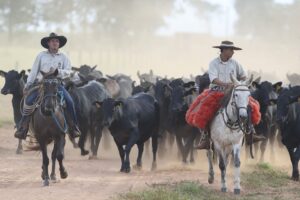
Mention Brazilian beef, and you’re likely to spark discussion about familiar themes: deforestation, emissions and blame. What do we find when we dig deeper? Here are the answers to five top questions about Brazil’s role in protecting the Amazon and feeding the world.

From science to the big screen: Discover how a single question grew into a global journey.

The role of essential oils like thyme, oregano and clove in reducing methane emissions from cattle.
As climate change intensifies and the world’s population continues to grow, the pressure on our global food production system mounts. You can play an active role in shaping a more sustainable planet for future generations. Fill out the form below to learn more about how you can partner with us.
Receive notifications about the release date, new online content and how you can get involved